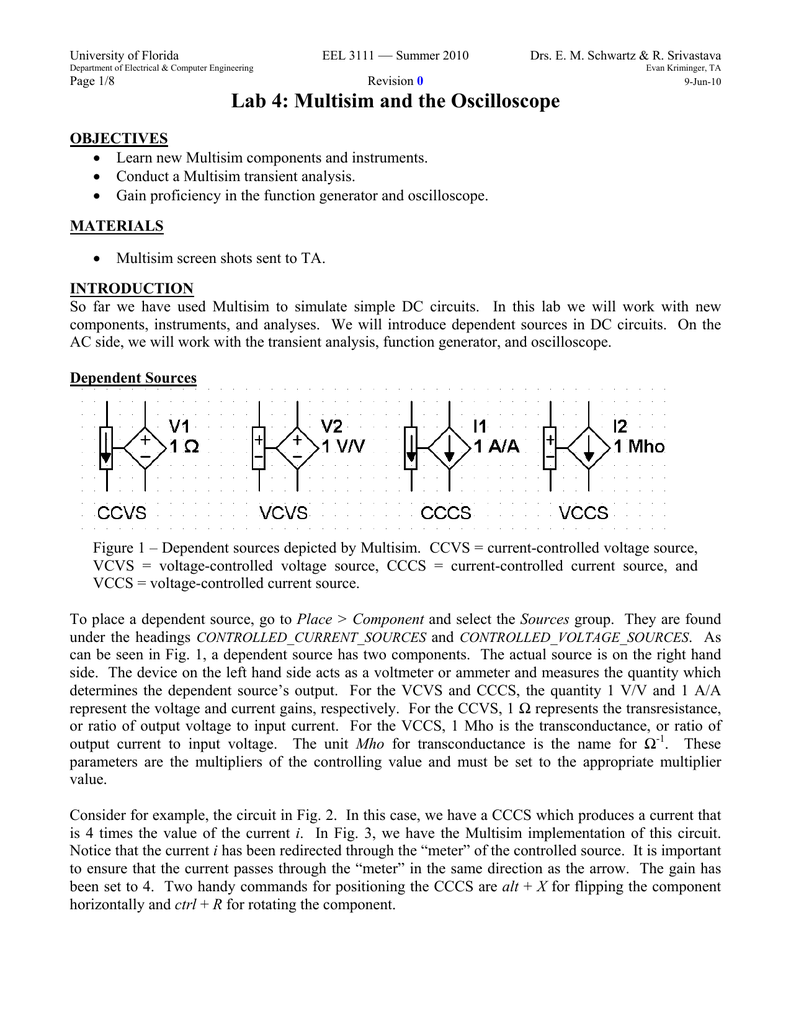

The tip and barrel method removes the ground cover and probe clip leaving the tip and barrel of the probe exposed. Large ground loop caused by long ground clip Instead, there are two common and preferred methods for achieving a small ground loop: the "tip and barrel" method and the "paperclip" method. While simple to connect, these ground clips lead to large ground loops which are not recommended for these measurements. Probes typically come with an alligator style ground clip, similar to that shown in the image below. The loop created by the probe's return path causes an inductance which can amplify internal noise and pick up external noise. The most important thing that the tester can do to ensure a good measurement is to minimize the ground loop created by the probe. It is extremely important to mitigate this through proper probe measurement techniques. As the magnitude of the signal of interest tends to be measured in millivolts, any internal signal that is amplified or external signal that gets picked up can easily obscure or distort the signal and lead to incorrect results. Proper Measurement Techniques Using an Oscilloscope Probeīefore attempting to measure ripple or transient, some background on probing with an oscilloscope should be discussed. The first is the measurement technique when utilizing an oscilloscope probe, while the second relates to the specific conditions under which that data is specified. While they may seem like simple measurements, there are two important aspects that should be kept in mind to obtain the correct data. Two of the most common specifications when evaluating a power supply are ripple and transient.


 0 kommentar(er)
0 kommentar(er)
